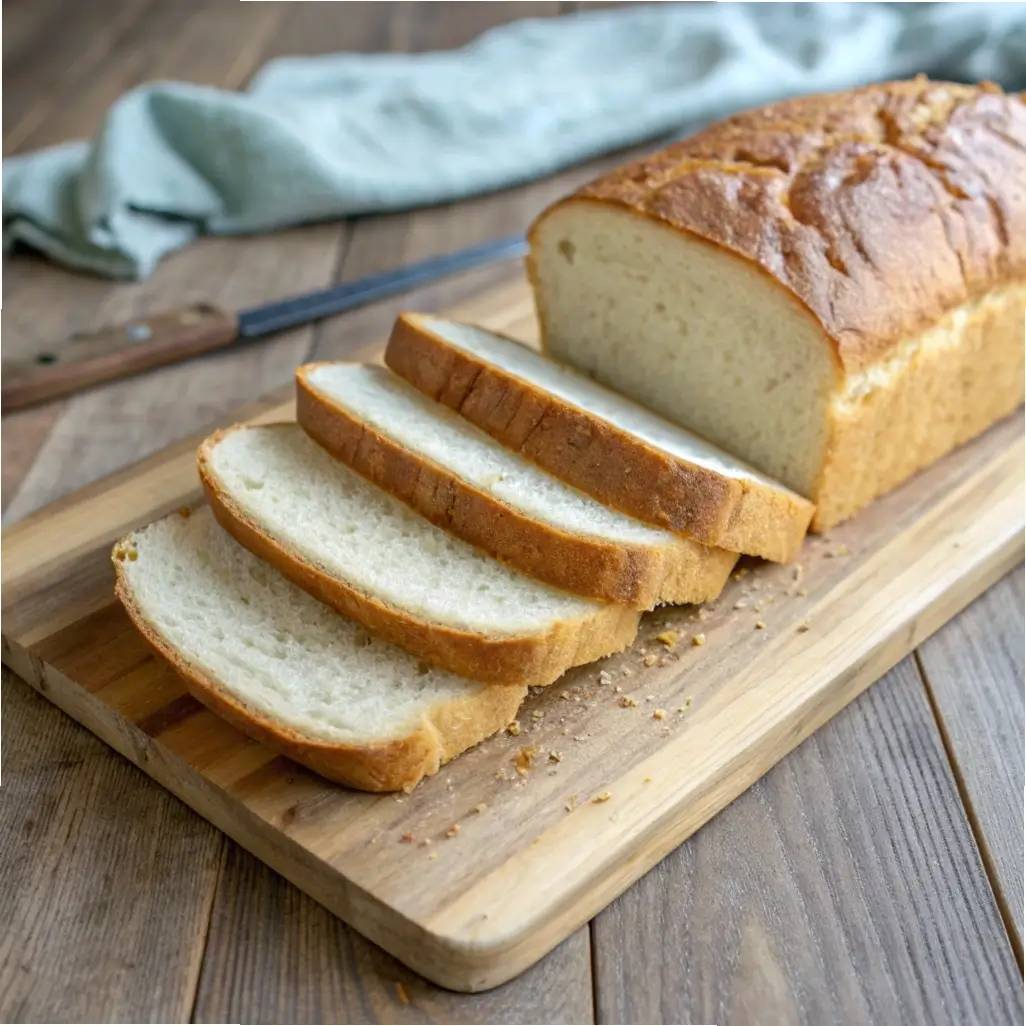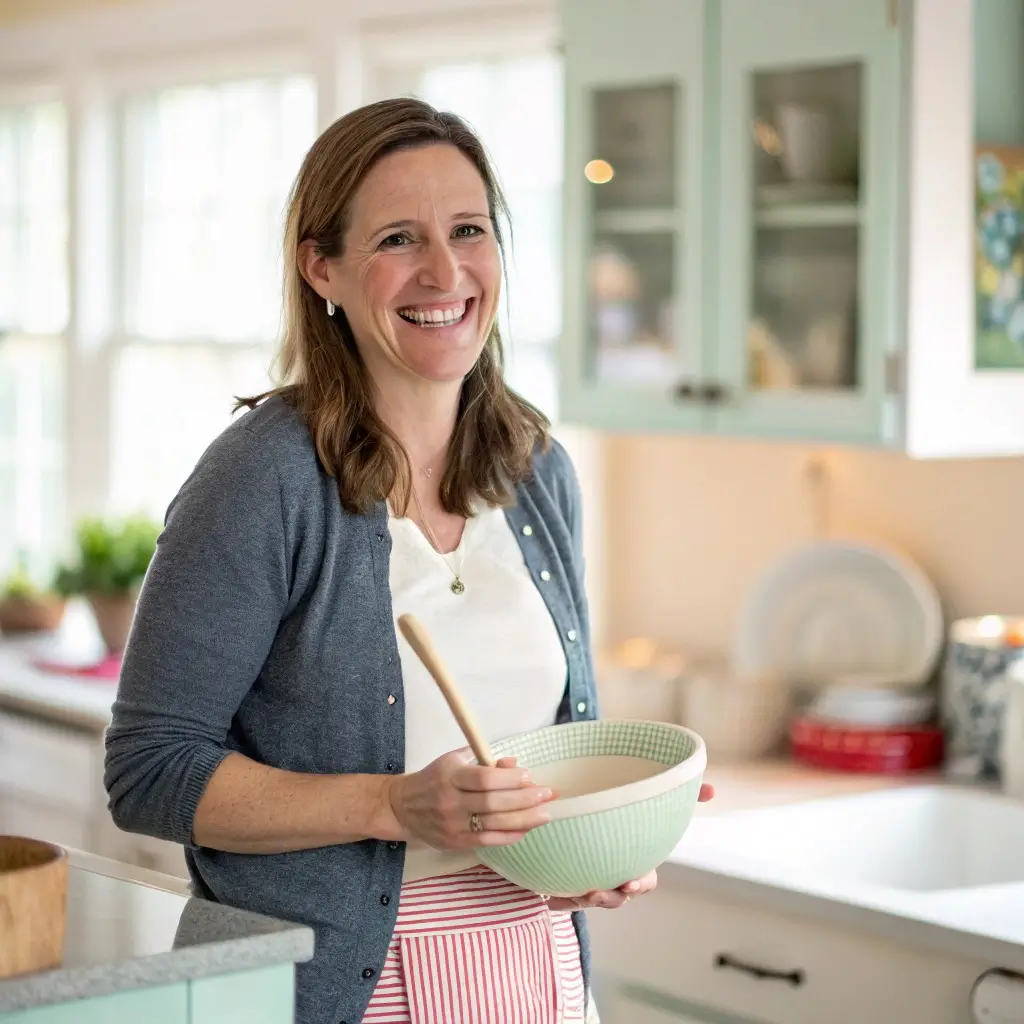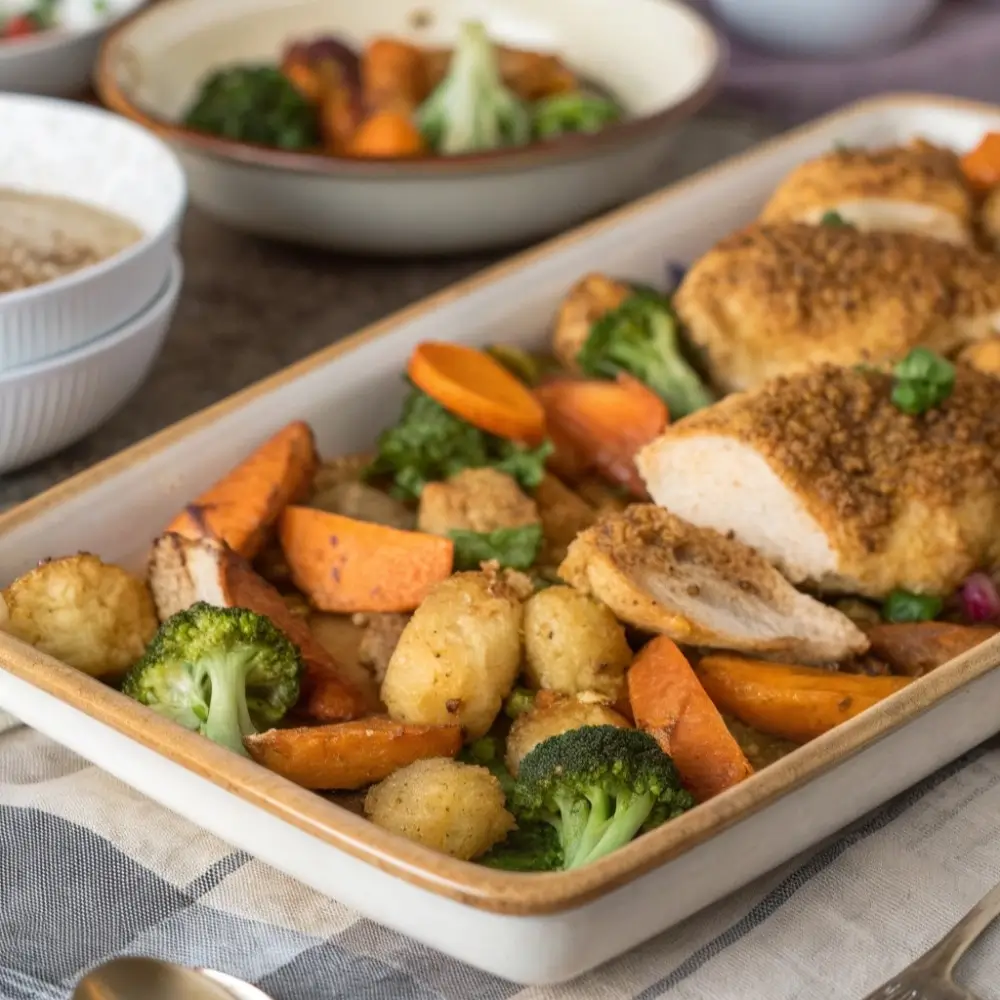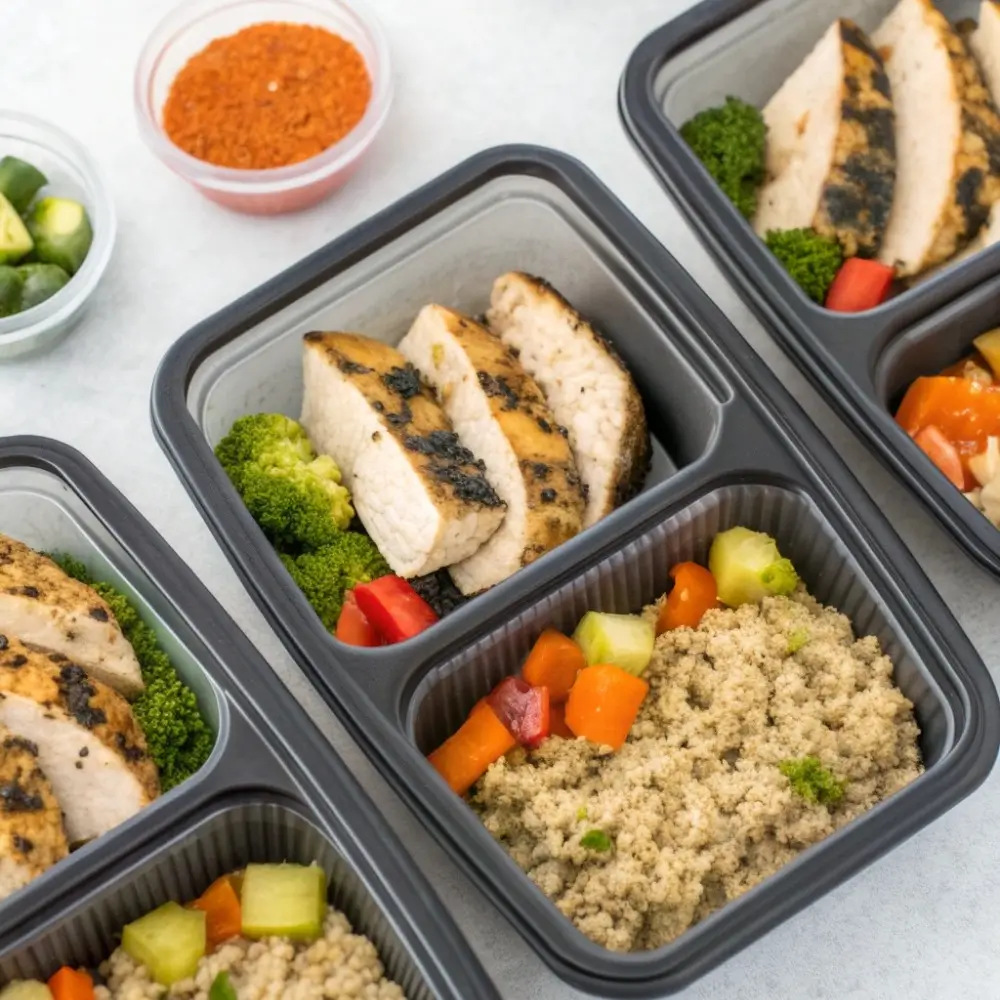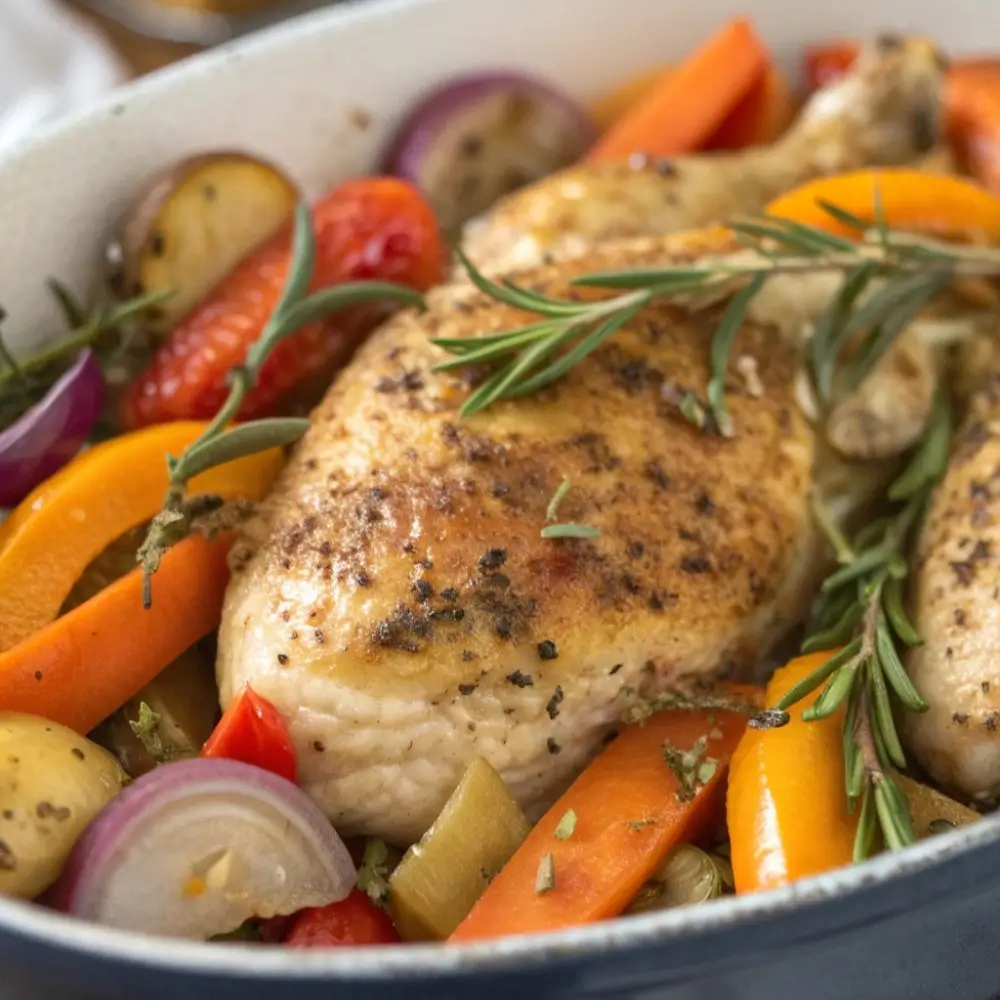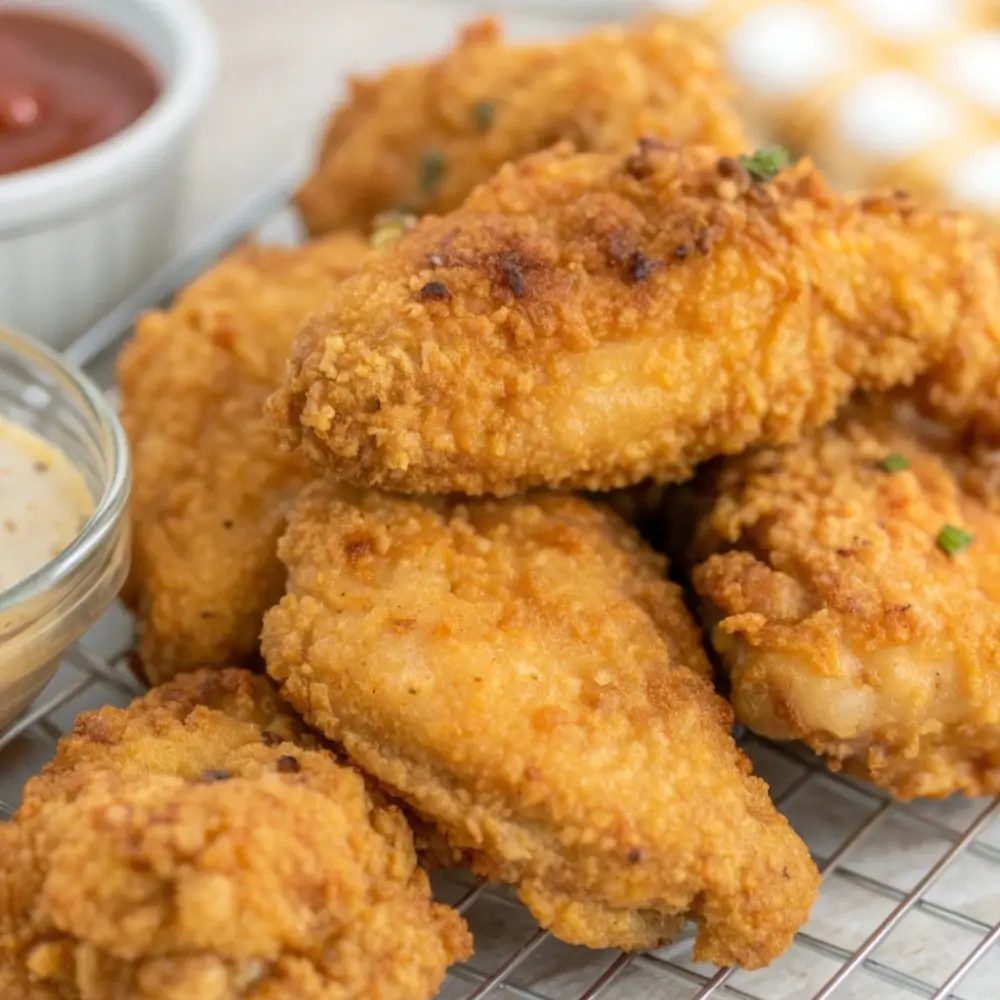Table of Contents
- 1 Why Bake Gluten-Free Bread for Thanksgiving?
- 2 Essential Ingredients for Gluten-Free Bread
- 3 Gluten-Free Dinner Rolls Recipe
- 4 Gluten-Free Artisan Bread Loaf
- 5 Cornbread (Gluten-Free and No Sausage)
- 6 Tips for the Best Gluten-Free Bread Texture
- 7 Flavor Add-Ins and Variations
- 8 How to Serve Gluten-Free Bread at Thanksgiving
- 9 Storage & Make-Ahead Tips
- 10 Frequently Asked Questions
- 11 Final Thoughts
Delicious, Allergy-Friendly Breads Everyone Will Enjoy
Thanksgiving is a time for gathering, gratitude, and of course—great food. But for those following a gluten-free diet, enjoying soft, fluffy bread on Thanksgiving can be a challenge. Many traditional recipes rely heavily on wheat flour, leaving those with gluten intolerance or celiac disease with limited options.
The good news? Gluten-free bread has come a long way. With the right combination of flours, binders, and techniques, you can enjoy warm, homemade bread that’s every bit as satisfying as its gluten-containing counterpart. Whether you’re looking for soft dinner rolls, crusty artisan loaves, or savory bread for stuffing, this guide has you covered.
Why Bake Gluten-Free Bread for Thanksgiving?
-
Everyone deserves to enjoy the feast: Having gluten-free options ensures guests with dietary restrictions don’t miss out.
-
Homemade tastes better: Store-bought gluten-free bread often lacks texture and flavor—homemade solves that.
-
Make-ahead friendly: Gluten-free bread stores and freezes well, making it great for holiday prep.
-
Versatile: Use these breads for rolls, stuffing, sandwich sliders, or to accompany soups and sides.
Essential Ingredients for Gluten-Free Bread
To make great gluten-free bread, it’s important to understand your ingredients. Since we’re not using wheat, the structure and stretch of the bread comes from clever substitutes.
Gluten-Free Flours to Try
-
Brown rice flour – light, mild, and great as a base.
-
Sorghum flour – adds structure and slight sweetness.
-
Tapioca starch – for chew and bounce.
-
Potato starch – creates a soft crumb.
-
Almond flour – moist, rich, and nutrient-dense.
-
Oat flour (certified gluten-free) – gives a wholesome, hearty texture.
Binders and Moisture Helpers
-
Xanthan gum or psyllium husk – mimic the elasticity of gluten.
-
Eggs – provide lift, richness, and binding.
-
Greek yogurt or applesauce – improve moisture and softness.
-
Vinegar or lemon juice – interact with baking soda/powder for a better rise.
Gluten-Free Dinner Rolls Recipe
Soft, fluffy, and perfectly golden, these gluten-free dinner rolls are ideal for the Thanksgiving bread basket.
Ingredients
-
2 cups gluten-free all-purpose flour (with xanthan gum included)
-
1 tbsp sugar
-
1 tbsp instant yeast
-
1 tsp salt
-
¾ cup warm milk or dairy-free alternative
-
1 egg
-
3 tbsp melted butter or olive oil
-
1 tsp apple cider vinegar
-
Extra butter for brushing tops
Instructions
-
In a large bowl, combine flour, sugar, yeast, and salt.
-
In another bowl, whisk milk, egg, butter, and vinegar.
-
Pour wet ingredients into dry and stir until a sticky dough forms.
-
Scoop or shape into 9 rolls and place in a greased 9×9 pan.
-
Cover with a cloth and let rise for 1 hour in a warm area.
-
Preheat oven to 375°F (190°C).
-
Bake rolls for 20–25 minutes or until golden on top.
-
Brush with melted butter and serve warm.
Make-ahead tip: Bake a day ahead and reheat covered in foil before serving.
Gluten-Free Artisan Bread Loaf
A rustic, crusty loaf that slices beautifully and is perfect for bread baskets, dipping in soup, or making sandwiches with Thanksgiving leftovers.
Ingredients
-
2½ cups gluten-free flour blend (with xanthan gum)
-
1 tbsp sugar or honey
-
1 tsp salt
-
1 tbsp active dry yeast
-
1 cup warm water
-
1 tbsp olive oil
-
1 tsp apple cider vinegar
Instructions
-
Mix warm water, sugar, and yeast. Let sit until foamy (about 10 minutes).
-
In a bowl, combine flour and salt. Add yeast mixture, oil, and vinegar.
-
Mix until smooth. Dough will be sticky.
-
Transfer to a greased loaf pan or shape into a round and place on parchment.
-
Let rise for 45 minutes.
-
Preheat oven to 400°F (204°C).
-
Bake for 35–40 minutes, until crust is golden and it sounds hollow.
-
Let cool before slicing.
Optional: Sprinkle with sesame seeds or herbs before baking for extra flavor.
Cornbread (Gluten-Free and No Sausage)
A slightly sweet and savory side that doubles as stuffing material or a sliceable bread option.
Ingredients
-
1 cup gluten-free cornmeal
-
1 cup gluten-free flour blend
-
1 tbsp baking powder
-
½ tsp baking soda
-
½ tsp salt
-
1 egg
-
1¼ cup buttermilk or dairy-free milk with lemon juice
-
¼ cup olive oil or melted butter
-
1 tbsp honey or maple syrup
Instructions
-
Preheat oven to 375°F (190°C).
-
In a bowl, whisk all dry ingredients.
-
In a separate bowl, mix egg, milk, oil, and sweetener.
-
Combine wet and dry, mix until just combined.
-
Pour into a greased 8×8 baking pan.
-
Bake 20–25 minutes, or until golden and a toothpick comes out clean.
Tips for the Best Gluten-Free Bread Texture
-
Don’t overmix: Gluten-free dough doesn’t benefit from kneading like wheat-based dough.
-
Let it rise fully: A warm rise helps with airiness and structure.
-
Use parchment paper: Prevents sticking and tearing.
-
Check internal temperature: Fully baked gluten-free bread should reach 200–210°F (93–99°C).
-
Cool completely before slicing: It sets the structure inside.
Flavor Add-Ins and Variations
-
Herbed rolls: Add dried rosemary, thyme, or sage to the dough.
-
Cheesy bread: Fold in shredded cheddar or dairy-free cheese.
-
Pumpkin cornbread: Replace ¼ cup of milk with pumpkin puree and add warm spices.
-
Cranberry-nut loaf: Mix dried cranberries and chopped pecans into your loaf for a sweet-savory combo.
How to Serve Gluten-Free Bread at Thanksgiving
-
In a bread basket: Keep warm with a linen towel.
-
For stuffing: Use cubed cornbread or dinner rolls in a gluten-free stuffing recipe.
-
As sliders: Slice rolls in half for leftover turkey mini sandwiches.
-
With soup: Great with butternut squash soup or cauliflower bisque.
Storage & Make-Ahead Tips
-
Room temp: Store in a sealed container for up to 2 days.
-
Fridge: Up to 5 days, reheat for best texture.
-
Freezer: Freeze cooled rolls or sliced loaves in a zip bag for up to 2 months.
-
Reheating: Wrap in foil and warm at 325°F for 10–15 minutes before serving.
Frequently Asked Questions
Is gluten-free bread hard to make?
No! It just requires different ingredients and less kneading. With practice, it’s very manageable.
Can I use almond or coconut flour alone?
Not alone. These flours need to be part of a blend for best structure and moisture.
Do I have to use xanthan gum?
You can substitute with psyllium husk, chia seeds, or flaxseed meal to help bind the dough.
How can I make it dairy-free too?
Use dairy-free milk (like almond, soy, or oat) and plant-based butter. The bread will still be soft and flavorful.
Is oat flour gluten-free?
Only if labeled “certified gluten-free.” Some oats are contaminated with gluten during processing.
Final Thoughts
Making gluten-free bread for Thanksgiving doesn’t mean compromising on taste, texture, or tradition. With the right flour blend, a few simple steps, and some love, you can create warm, soft, and satisfying breads that every guest will enjoy—gluten-free or not.
Whether you’re baking fluffy dinner rolls, savory cornbread, or a rustic artisan loaf, these gluten-free bread recipes are here to make your holiday table more inclusive and just as delicious.
